A definitive, personal guide to successfully growing glorious gladiolus in the home garden.
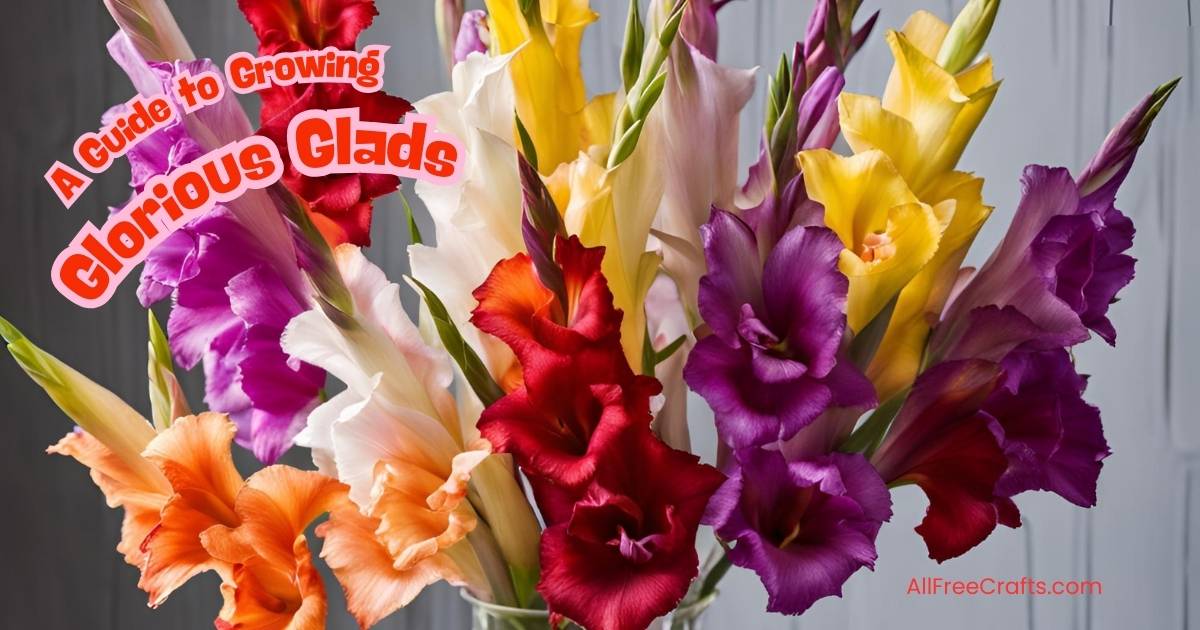
Table of Contents:
For the Love of Glads – Introduction
I first wrote on AllFreeCrafts about growing glads over ten years ago. My love for these spectacular annual flowers has grown ever since I planted my first corms over three decades ago. I still find them breathtaking and I love every single flower.
Here, I share this love with you. If you’re a new gardener, and you have a sunny place to grow them, do try glads. Plant a few (or lots) of gladioli this spring! Make this your year for glads. By fall, you’ll be so happy that you planted those humble corms.
If you’re an experienced gladioli grower, then maybe you want to know how to keep your stunning flowers looking beautiful as long as possible. Most of mine last well over a week. I’m sharing my best tips for that too.
I don’t have all the answers. You can find more information at North American and local horticultural societies as well. But I’ll happily share over 30 years experience of growing glads in my garden. Tall, elegant, showy, colorful glads are one of the most rewarding annual flowers that you could ever cultivate. I wish you all multiple bouquets of glorious gladioulus come fall!
You may also enjoy: Old-fashioned Nasturtiums – Making a Comeback, Commonsense Tips for Growing Petunias, Captivating Cosmos from Seed and How to Grow Beautiful Gerbera Daisies.
A Definitive Growing Guide for Gladiolus (also known as Gladioli, Gladiolas or plain Glads)
Types of Gladiolus
Glads come in a glorious array of colors. From pastels to solid hues, and combinations of showy and subdued color shades, the glads have it all. Gladioli are available as the following varieties:
- Large-flowered hybrids – The most common type with large, showy blooms.
- Miniature or butterfly gladioli – Smaller blooms with intricate markings.
- Hardy gladiolus (Gladiolus nanus) – Smaller, more resilient, and suitable for cooler climates.
- Species gladiolus – Wild varieties with a more natural appearance such as Marsh Gladiolus,(gladiolus-palustris), native to central and NW Europe.
How to Choose Good Corms
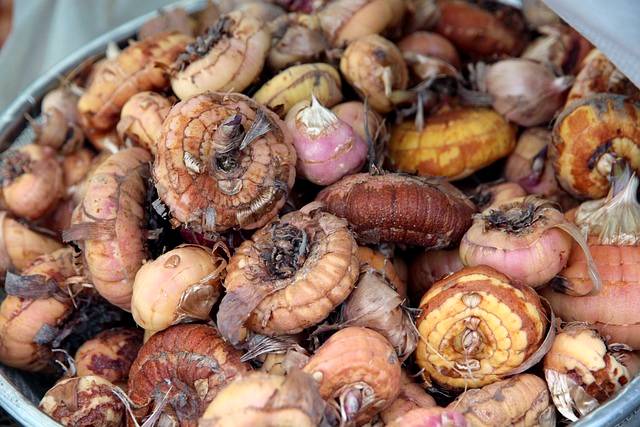
When shopping for gladiola corms, buy from a reputable supplier and select only firm, plump corms free from mold or any soft spots. Larger corms (1-1/2 inches or bigger in diameter) are the best choice for stronger stems and more flowers. Shriveled or smaller corms often produce just leaves and no flowers at all.
Growing Conditions and Characteristics
- Glads love the sun. Plant them where the sun shines at least six to eight hours every day.
- Glads are tall, ranging from two to five feet high. When blooming begins in the height of the summer, hill the soil about six inches up around the stem to help support the heavy flower growth. Staking is also recommended.
- Glads typically bloom 70-90 days after planting.
- Watering Needs: Maintain moderate, but consistent moisture from planting to harvest for healthy plant growth all season long. Keep soil evenly moist but not waterlogged. Provide about one inch of water per week, increasing during dry spells.
- Caution: The bulbs, leaves and flowers of glads are poisonous to humans and animals. If eaten, they can cause nausea, vomiting, diarrhea and irritation of the mouth and throat.
Best Planting Tips for Glorious Glads

When to Plant: In colder climates, plant gladiolus corms in spring after the last frost. I plant my first glad corms when the soil is warm enough to sow the first sweet corn seeds. In warmer areas, corms can safely be planted from late winter through to early summer.
Stagger Plantings: I can’t emphasize this enough. Plant separate groups or rows of corms, in succession, every 10 to 14 days until mid-summer. This simple step ensures a plentiful supply of beautiful, fresh-cut flowers for weeks on end, rather than too many flowers in too short a time. Supply and demand? You’ll be so glad that you took this extra step!
Where to Plant: Choose a full-sun location with good air circulation. Avoid low-lying areas where soil may get soggy and water pools. Planting against a fence, or among other tall, sturdy plants that can provide support is a good idea.
How to Plant: Loosen soil in your planting area to a depth of 12 inches, mixing in compost or manure. Place corms, pointed side up, four to six inches deep. Leave five to six inches between corms in rows or groups. In my opinion, groups of odd numbers look better – as in, five corms looks better as the plants emerge and grow, then four or six. I don’t know why. And maybe it’s just me. But that’s my observation.
Water, Fertilizer and Mulch: Water immediately after planting and apply only a low-nitrogren fertilizer (5-10-10 or 10-10-10). You want those roots to burst forth and grow! Fertilize again when plants are between six and eight inches high. Mulching lightly around the planting area, and between rows, helps retain moisture and suppress weeds which is always a wi.
Staking: Tall glad varieties may need staking to prevent breaking and falling over. Bamboo stakes are great for this or you can tie the stems to a nearby fence for support. Support a group of gladiolus by adding four or five bamboo stakes around the area then interconnect the stakes with string or twine.
Companion planting: Gladiolus pair well with marigolds, dahlias, and zinnias.
Cutting, Harvesting and Displaying Gladiolas
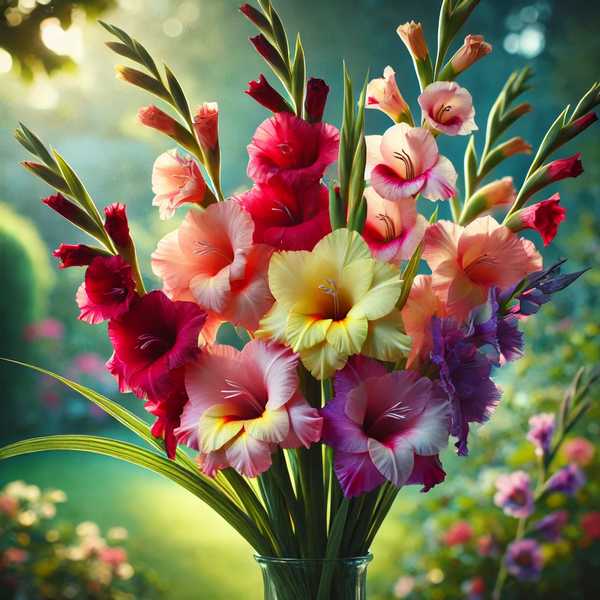
Cut stems in the morning or evening when buds start to open. Leave at least 4-6 leaves on the plant to allow the corm to store energy. Place cut flowers in water immediately and recut stems under running water.
Overwintering: In cold climates, dig up corms in the fall and break or snip off the stalk as close to the corm as possible. Clean off the corms and rinse with water to remove all soil. Dry corms for two weeks, then store in mesh or paper bags in a cool, dry place with good air circulation. ,
Pest control: Watch for thrips, aphids, and fungal diseases. Rotate planting areas yearly to prevent disease buildup.
Fresh-Cut Flower Best Practices, Water Additives and Daily Care
To keep fresh-cut gladiolus looking their best in a vase and extend their vase life, follow these tips:
- Use Clean Water: Fill a clean vase with lukewarm water (not cold or hot).
- Add Flower Preservative: Commercial flower food helps nourish the blooms and prevent bacterial growth. Alternatively, you can make your own preservative with:
- 1 teaspoon sugar (feeds flowers)
- 1 teaspoon vinegar (inhibits bacteria)
- A few drops of bleach (prevents cloudiness and bacteria)
- Trim Stems at an Angle: Use sharp scissors or a knife to cut each stem at a 45-degree angle under running water to improve water absorption.
- Remove Lower Leaves: Strip any leaves that would sit below the waterline to reduce bacterial growth.
Ongoing Care
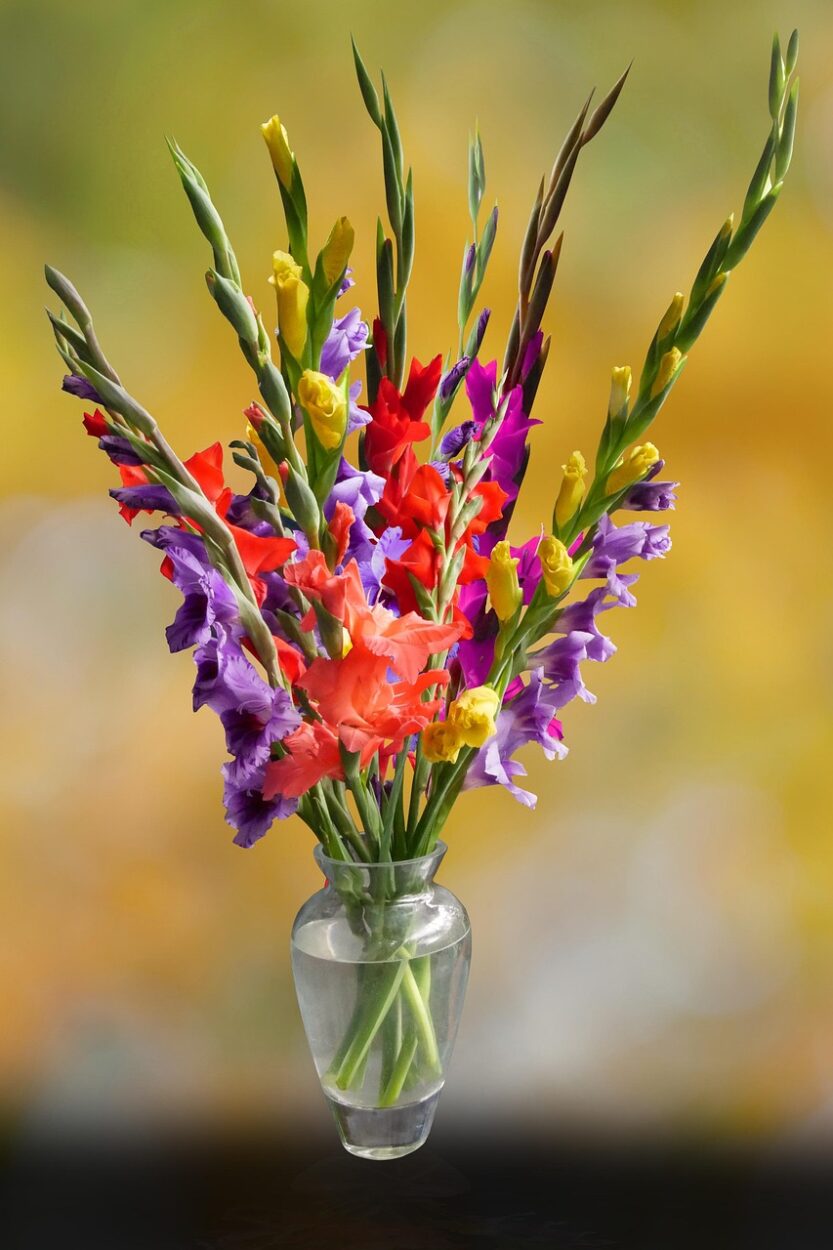
- Change Water Every 2 Days: Fresh water prevents bacterial buildup and keeps flowers hydrated.
- Re-trim Stems Every Few Days: Cut ½ inch off the bottom to refresh the stems.
- Keep Vase in a Cool Spot: Avoid direct sunlight, drafts, and heat sources (e.g., near a stove or heating vents).
- Faded Bloom Removal: I do this every day. As blooms fade, gently pinch off or cut them at the base the encourage the remaining buds to open. Gladiolus blooms from bottom to top, so move spent flowers gradually.
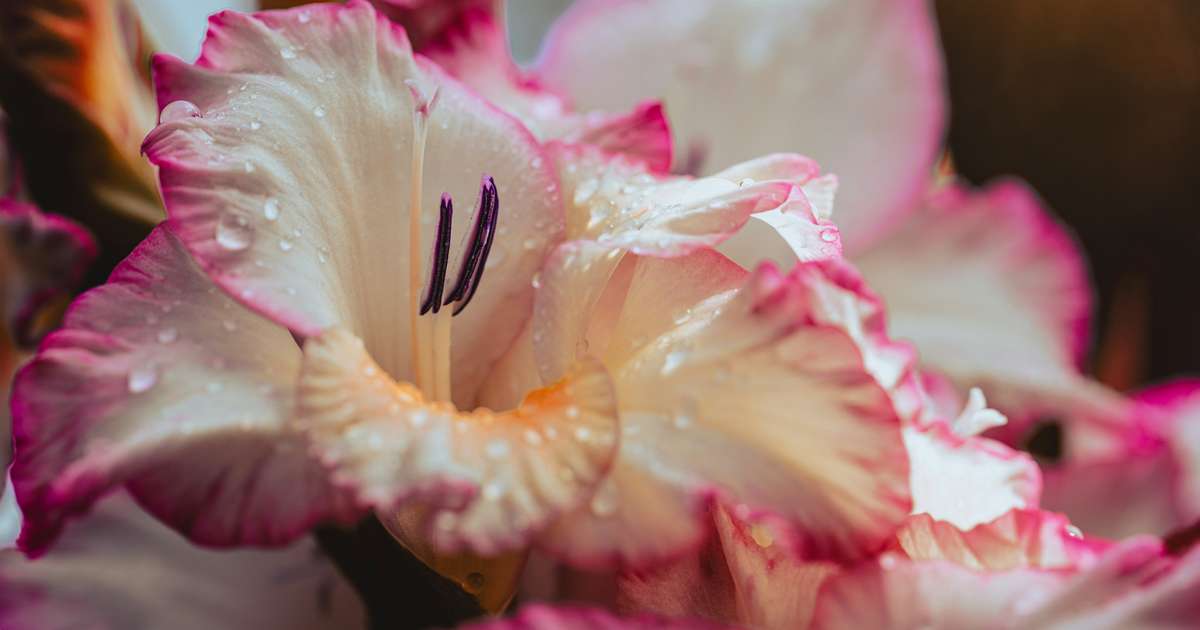
A Week (or more) of Glorious Fresh-cut Glads: Following these steps will help your gladioli stay fresh and beautiful for up to 7-10 days. On days of abundance, where your armfuls of glads exceed your needs, donate to your church, school, neighbours and friends.
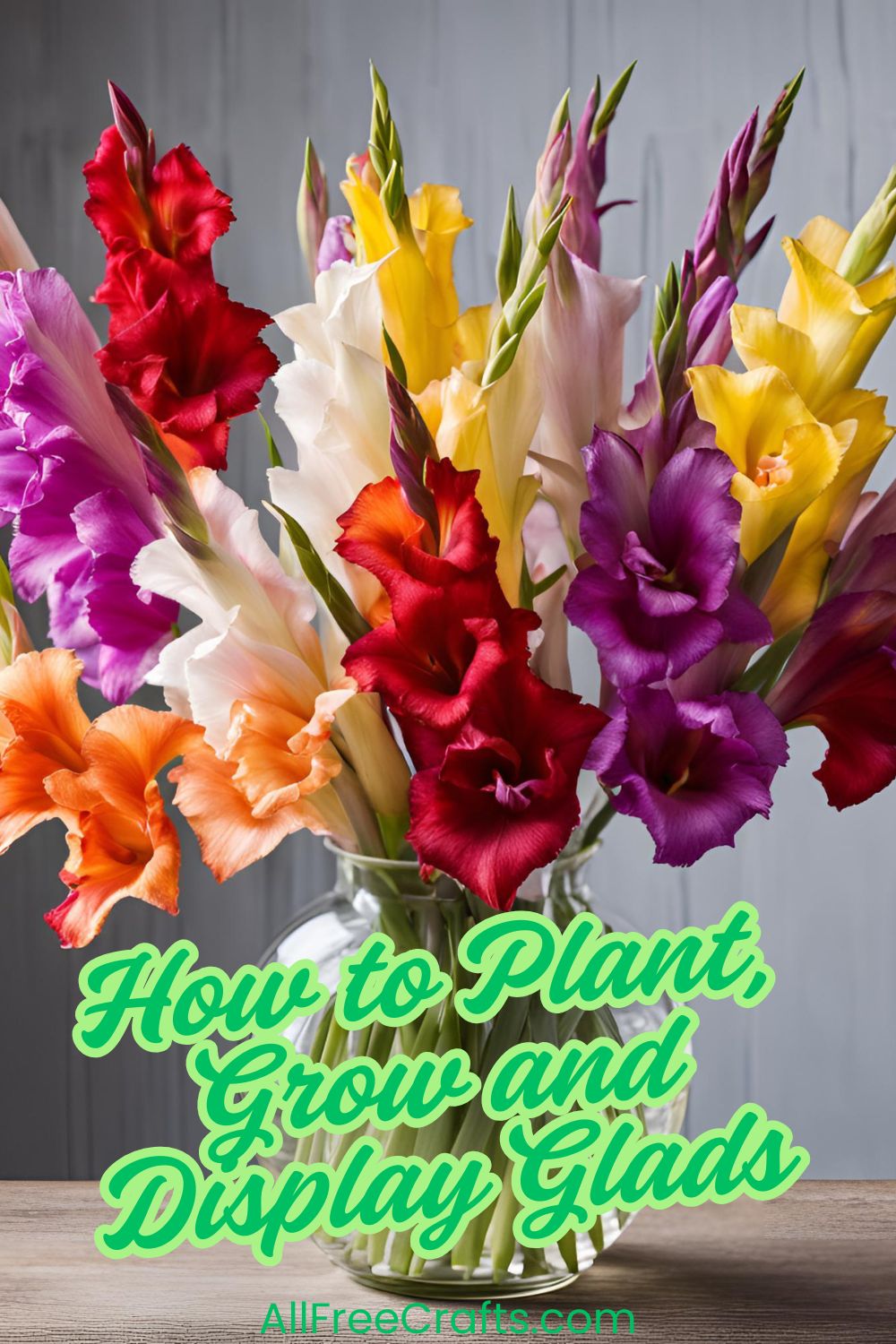


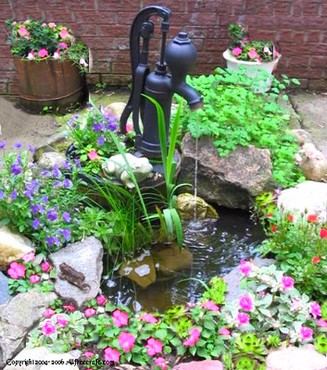
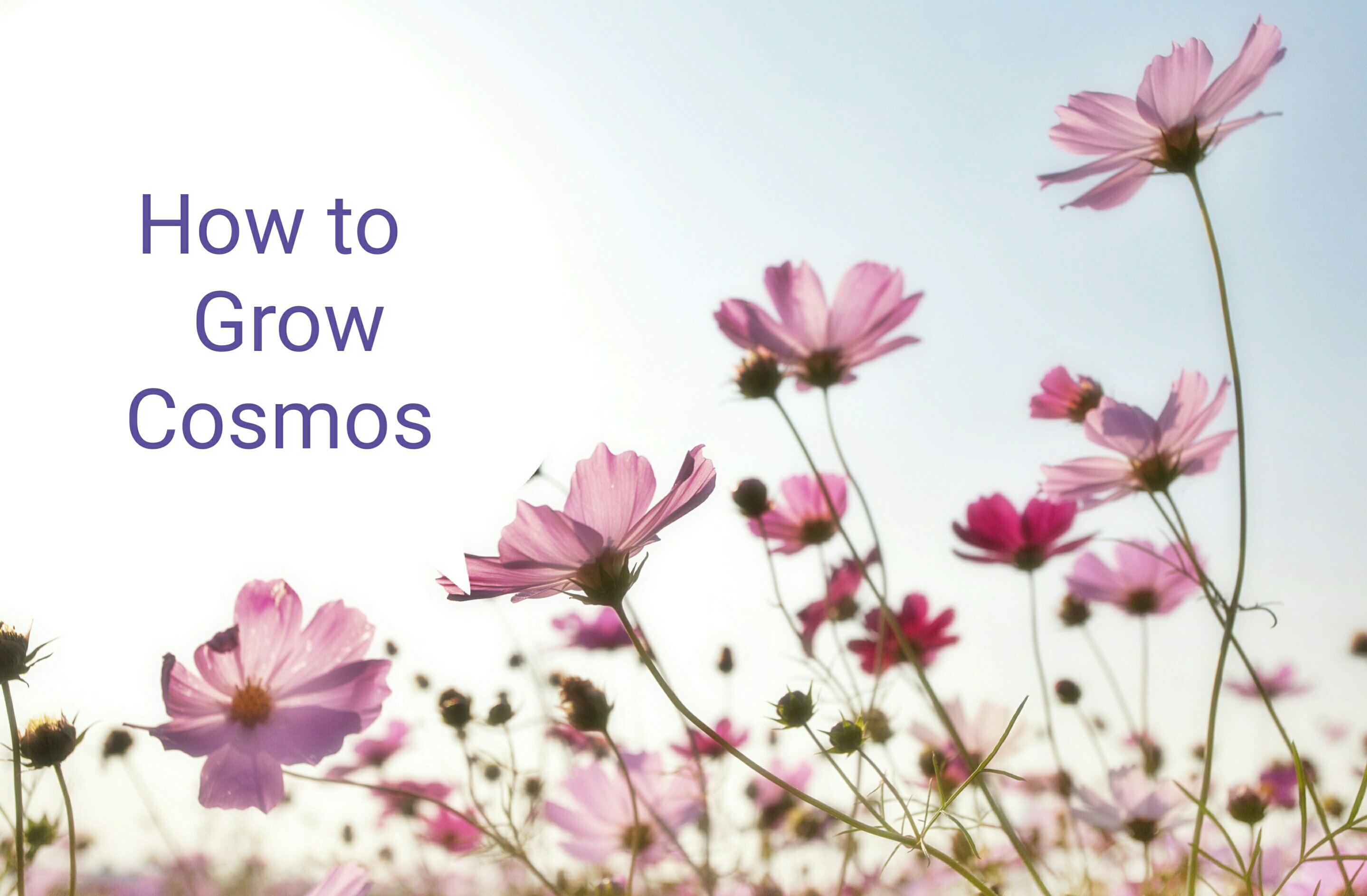
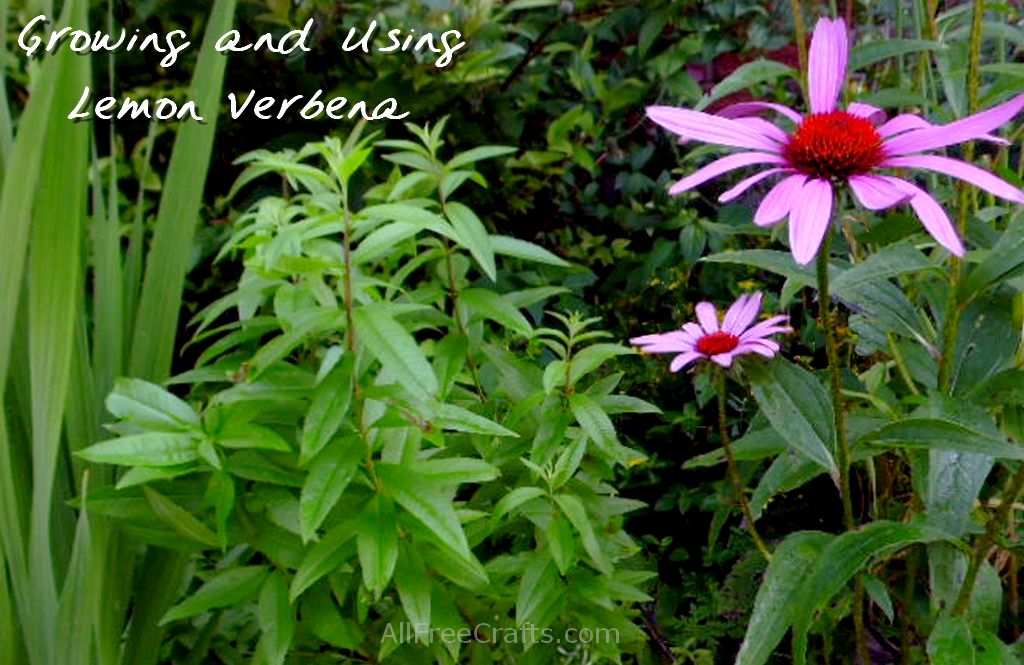
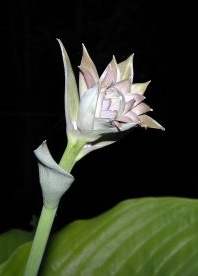

Leave a Reply